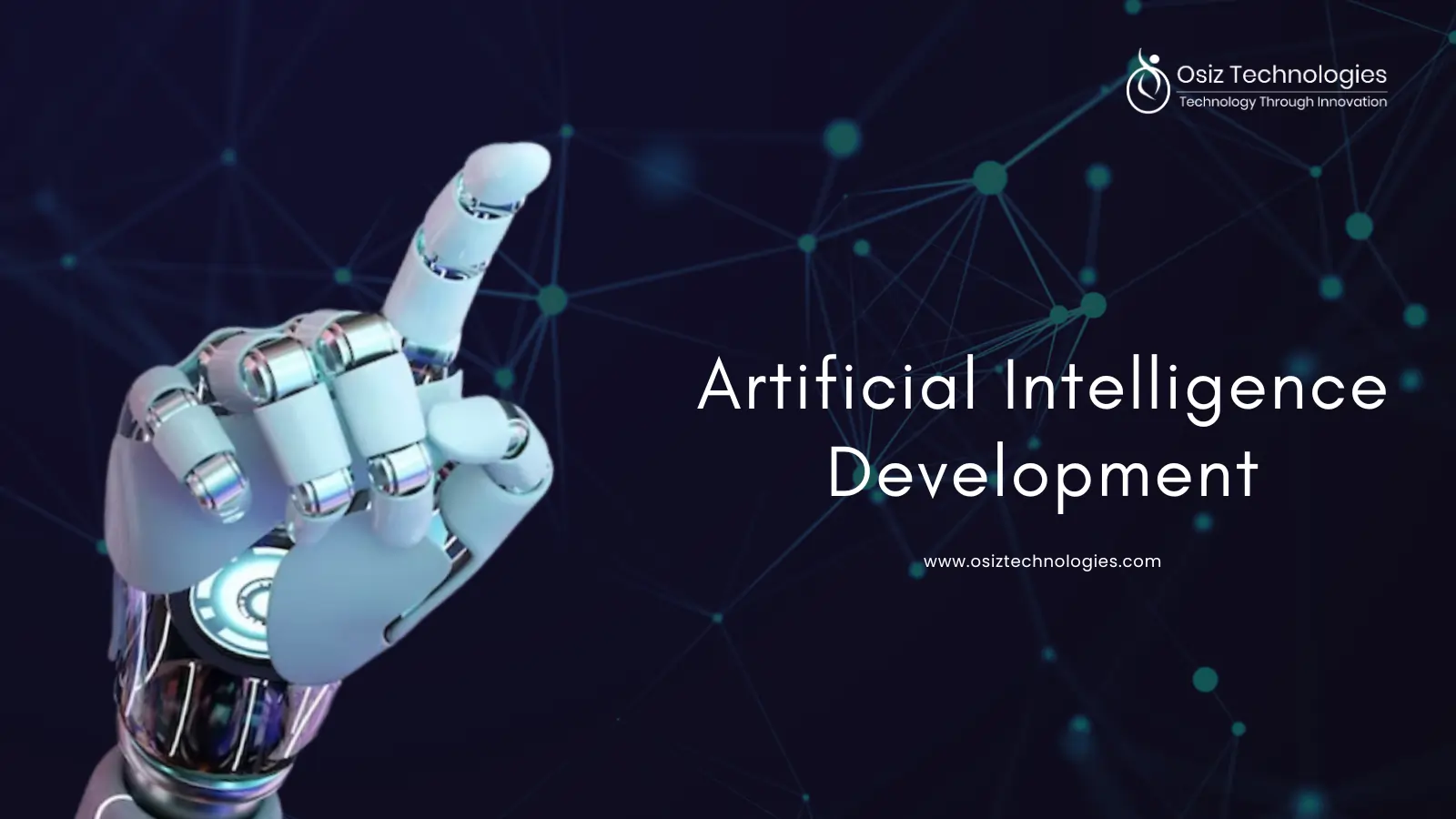An evolving concept in AI applications is Retrieval augmented generation. RAG opens up new possibilities with its ability to reason, exploit, and modify external knowledge of intelligent agents, improving the ability to interact and understand information. In this blog, we will uncover what is agentic RAG, its essential features and benefits, real-world applications and use cases, and various usage patterns.
Let’s Dive In!
What is Agentic RAG?
Agentic RAG (Agent-based Retrieval-Augmented Generation) is an innovative approach to question answering, utilizing an agent-based framework rather than solely depending on large language models (LLMs). This method employs intelligent agents to handle complex questions effectively. These agents function as skilled researchers, navigating multiple documents, synthesizing information, and delivering comprehensive and accurate answers.
The implementation of Agentic RAG is highly scalable, allowing for adding new documents managed by their respective sub-agents. Imagine a team of expert researchers, each with specialized skills, collaboratively working to address your information needs. Agentic RAG offers this level of expertise. Whether you need to compare perspectives from different documents, delve into intricate details within a specific document, or create summaries, the agents in Agentic RAG excel at performing these tasks with precision and efficiency. Incorporating natural language processing (NLP) applications into Agentic RAG enhances its capabilities and broadens its range of use cases.
Essential Features and Benefits of Agentic RAG
Agentic RAG Framework: This framework orchestrates the question-answering process by breaking it into manageable steps, assigning appropriate agents to each task, and ensuring seamless coordination for optimal results.
Goal-Driven Agents: These agents understand and pursue specific goals, enabling more complex and meaningful interactions.
Advanced Planning and Reasoning: Agents within the framework can do advanced planning and multi-step reasoning. They develop effective ways for retrieving, analyzing, and synthesizing information to answer complicated issues properly.
Tool Utilization and Adaptability: Agentic RAG agents can enhance their information-gathering and processing capabilities by utilizing external tools and resources such as search engines, databases, and specialized APIs.
Context-Aware Decision-Making: Agentic RAG systems employ the present circumstance, previous interactions, and user preferences to make informed decisions and execute relevant actions.
Continuous Learning: These intelligent agents are intended to learn and improve over time. As individuals experience new difficulties and information, their knowledge base expands and their ability to answer complex questions improves.
adaptation and Flexibility: The Agentic RAG framework is extremely flexible, allowing for adaptation to meet unique requirements and domains. Agents and their functionalities can be customized for certain tasks and information contexts.
Enhanced Accuracy and Efficiency: Agentic RAG outperforms traditional question answering solutions by combining the advantages of LLMs and agent-based systems.
Expanding Horizons: This technology provides prospects for creative applications in a variety of sectors, including personalized assistants, customer service, and others.
Applications and Use Cases of Agentic RAG
Enterprise Knowledge Management:
Efficiently accesses and synthesizes information across sources, promoting collaboration and improving decision-making.
Customer Service and Support:
Provides real-time, personalized responses to complex inquiries, enhancing customer experience and satisfaction.
Intelligent Assistants and Conversational AI:
Enhances interactions with natural, context-aware responses, making virtual assistants more effective and knowledgeable.
Research and Scientific Exploration:
Synthesizes literature and data to help generate hypotheses and make data-driven discoveries in a variety of scientific fields.
Content Generation and Creative Writing:
Assists in idea generation, topic research, and content creation, boosting productivity and ensuring relevant and original content.
Education and E-Learning:
Adapts to learners' needs, providing tailored educational resources and explanations to enhance engagement and retention.
Healthcare and Medical Informatics:
Supports diagnosis, treatment decisions, and patient education by accessing diverse medical knowledge while ensuring privacy.
Legal and Regulatory Compliance:
Streamlines legal research and compliance monitoring, providing accurate and up-to-date legal information to reduce organizational risks.
Various Usage Patterns of Agentic RAG
Agents in a RAG framework exhibit a range of usage patterns, each tailored to specific tasks and purposes. These patterns demonstrate the plasticity and adaptability of agents while interacting with RAG systems. Here are the main usage patterns of agents related to RAG:
Using an Existing RAG Pipeline as a Tool:
Agents can use pre-existing RAG pipelines to carry out specific activities or generate outputs. Agents can streamline their operations and take advantage of the RAG framework's existing features by using current pipelines.
Functioning as a Standalone RAG Tool:
Agents can operate autonomously within the framework, generating responses based on input queries without relying on external tools or pipelines.
Dynamic Tool Retrieval Based on Query Context:
Agents can access suitable tools from the RAG system, like as a vector index, using the context provided by the query. This allows agents to adapt their actions based on the specific requirements of each query.
Query Planning Across Existing Tools:
Agents can analyze input queries and select suitable tools from a predefined set within the RAG system. This enables agents to optimize the selection of tools based on the query requirements and desired outcomes.
Selection of Tools from the Candidate Pool:
In situations where the RAG system offers a wide array of tools, agents can help choose the most suitable one from the pool of candidates retrieved according to the query. This guarantees that the selected tool is tightly aligned with the query context and objectives.
Final Words
With the advancements in LLMs RAG provides enhanced information retrieval and improves complex processes. By combining agentic capabilities, researchers are developing intelligent systems capable of reasoning with retrieved data, carrying out complex activities, and synthesizing insights from various sources. As a leading AI Development Company, Osiz offers a transformative impact on the implementation of RAG and adopting innovative AI solutions. Osiz’s experts offer AI consulting and development services
Listen To The Article
Recent Blogs

X-Mas 30%
Offer










